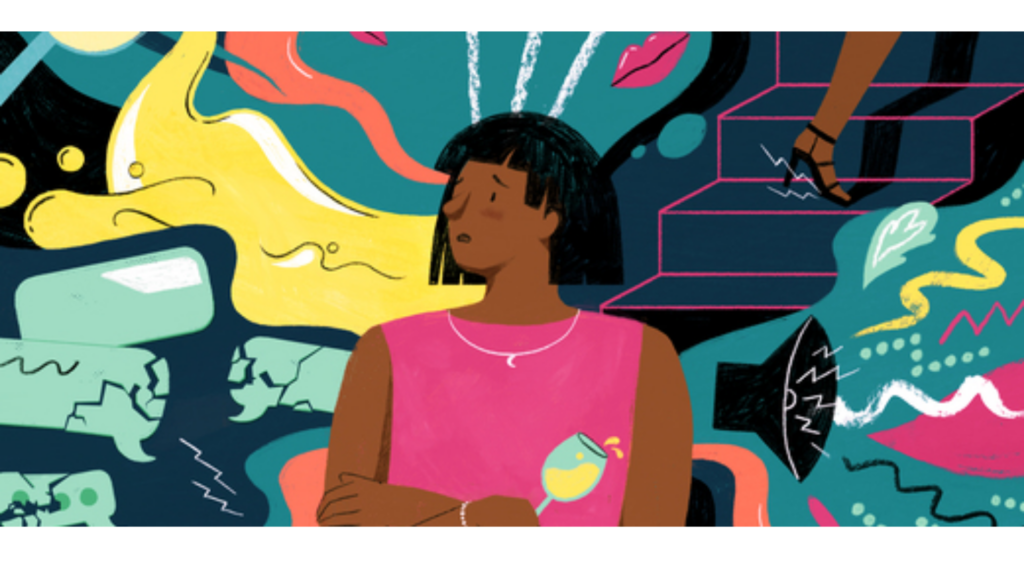
“I may have Dyspraxia, but Dyspraxia does not have me”
When I was a kid, I had a friend who was extremely clumsy and did not understand how to do basic tasks like tying his shoelaces or jump and play with us! I was often confused and I wondered in what ways was he different from us. After I majored in Neuroscience, I learnt that it was a case of Dyspraxia, also known as Developmental Coordination Disorder.
What is Dyspraxia?
Like you must have already guessed by now, dyspraxia means having trouble with movement. It is a neurological disorder which makes it difficult to coordinate and perform tasks that need gross or fine motor skills. Generally, you would label this person as “clumsy” or “uncoordinated” but well, now you know! They aren’t doing it on purpose, it’s their brain being wired differently which is making it harder for them to perform simple daily tasks.
Causes of Dyspraxia
While there is a lot of research going on in this area, researchers are yet to investigate the real cause of dyspraxia. Majority of the causation of dyspraxia is related to immature brain development in specific neurons rather than brain damage. The nerves that control muscle movement (motor neurons) are not developing properly, thus making it longer for the brain to process data.
However, now with recent advances in science and medical research, there are ways and means by which dyspraxia can be managed to help people perform daily tasks with ease rather than falling into a hassle.
Treatment and Management
While there is no hard and fast cure for dyspraxia, early intervention with the right kind of therapy and medical help will be beneficial for your child. Speech-language, occupational and behavioral therapy are some examples of the types of therapy that can be useful for your child. In case you notice any early symptoms of late developmental milestones, poor coordination and clumsiness in your child, please contact your nearest doctor or family physician at the earliest.




You must be logged in to post a comment.